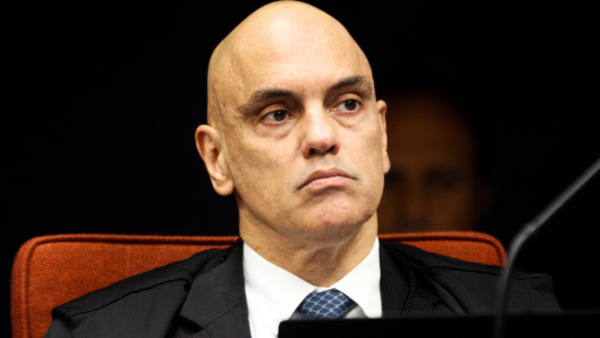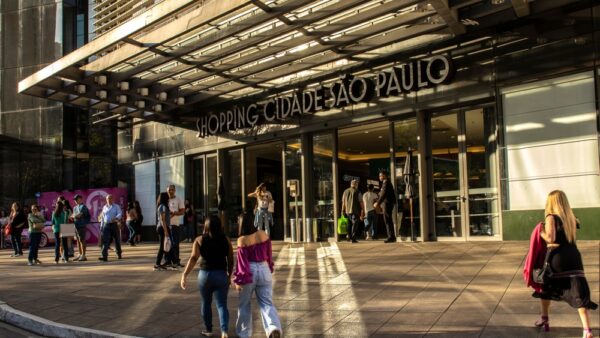Officially, there’s still nearly a week left of Brazil’s winter. But a heat dome is expected to raise temperatures to not-so-wintery levels this week and next. Temperatures could reach 45ºC in some regions — possibly even creating life-threatening conditions.
A heat dome is created when an area of high pressure remains over the same area for days, trapping very hot air underneath – like a lid on a pan. Studies show that such episodes are increasing in frequency around the world due to global warming.
“This is a situation of serious danger due to the severity of the expected heat and will require attention from the authorities,” meteorological company Metsul said in a statement.
This heat wave caps a highly eccentric winter in Brazil this year, a season of extreme weather variations. The El Niño may be to blame for this unusual climate scenario. This phenomenon is caused by the warming of surface waters in the Pacific Ocean, which contributes to a change in the rainfall patterns in Brazil.
All regions will be impacted, and the heat is expected to break records in many cities. Temperatures in São Paulo, Brazil’s most populous city, are forecast to reach 39ºC in the next few days. So far, the highest temperature ever recorded in Brazil was 44.8ºC in Nova Maringá, a city in the central state of Mato Grosso do Sul, on November 4 and 5, 2020.
Meteorological conditions will also favor the occurrence of violent storms. This should occur mainly in the southernmost state Rio Grande do Sul, already hit by heavy rains in the first half of the month. Forty-eight people died, and thousands were left homeless.
Studies linked more than 61,000 deaths in Europe to a heat wave last year. In Brazil, however, there is little discussion on the subject. But Ana Toni, Brazil’s secretary of climate change, suggests that more than 520 Brazilians died and more than 7,300 were displaced due to “extreme weather disasters” in 2022.
The average temperature across all Brazilian regions has increased consistently over the last decades. In São Paulo, the most populous city in Latin America, average July temperatures between 1991 and 2020 were almost three degrees Celsius higher than they were between 1931 and 1960.


 Search
Search










































